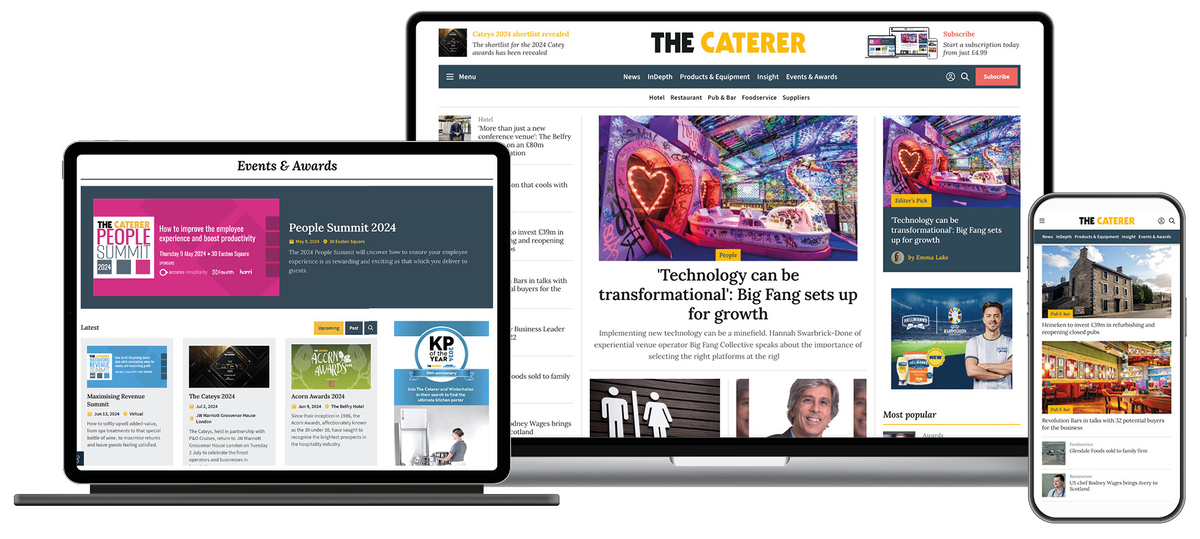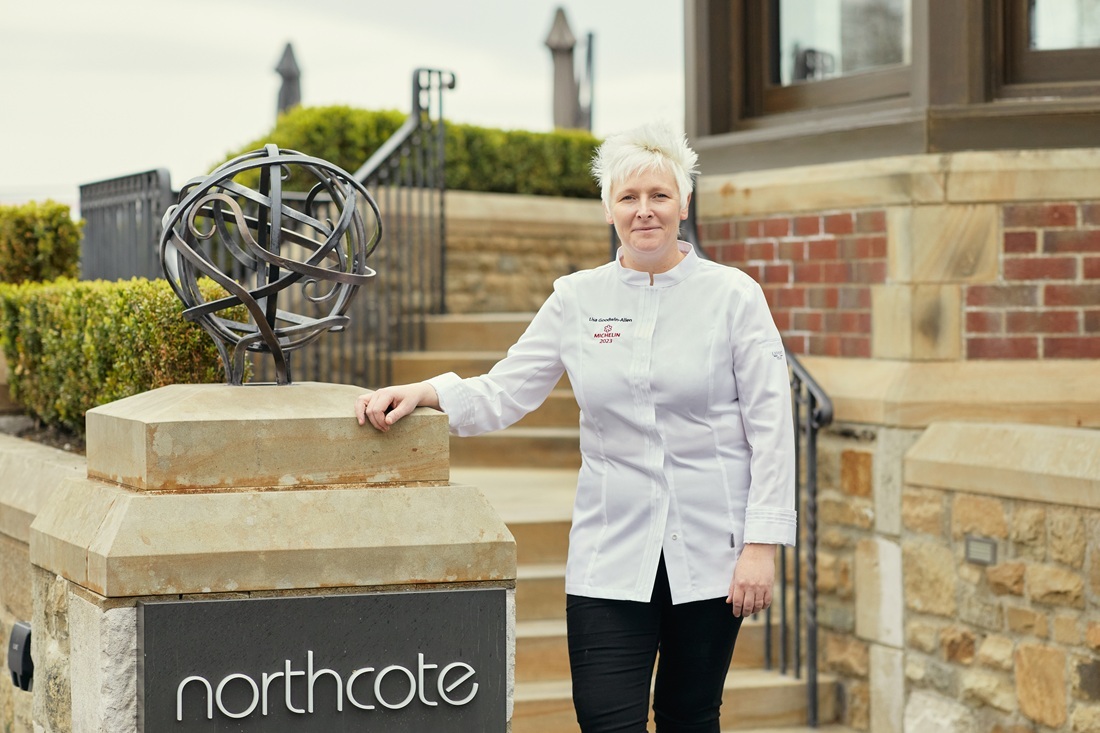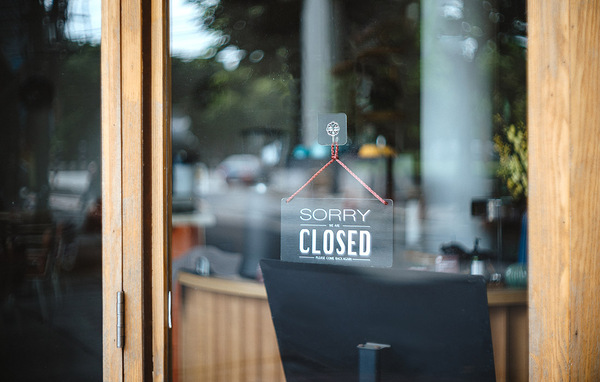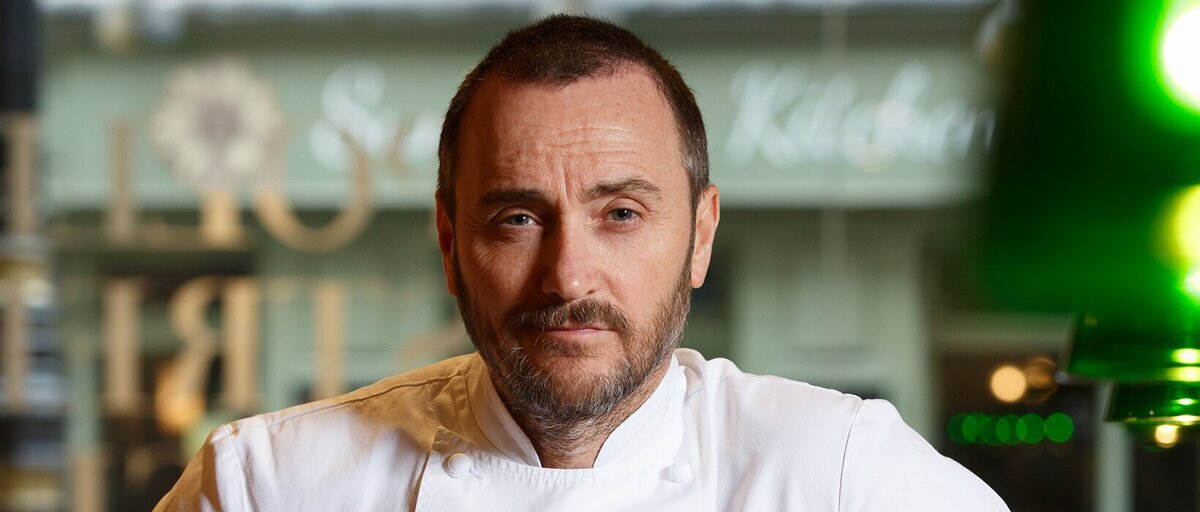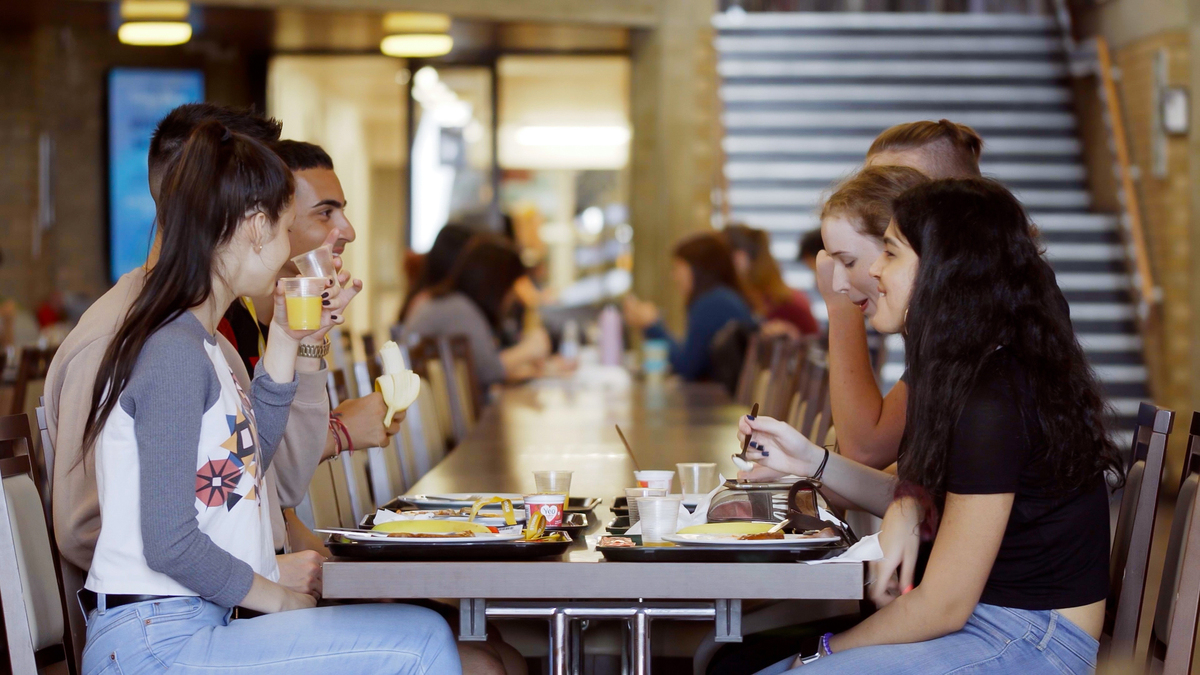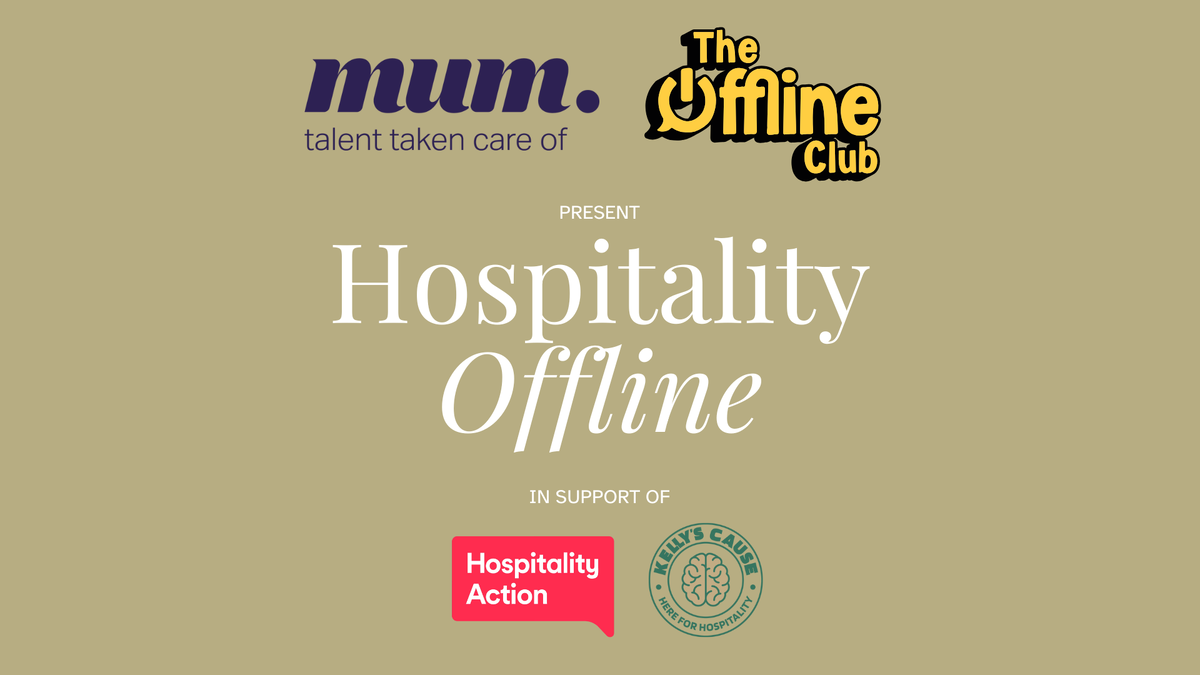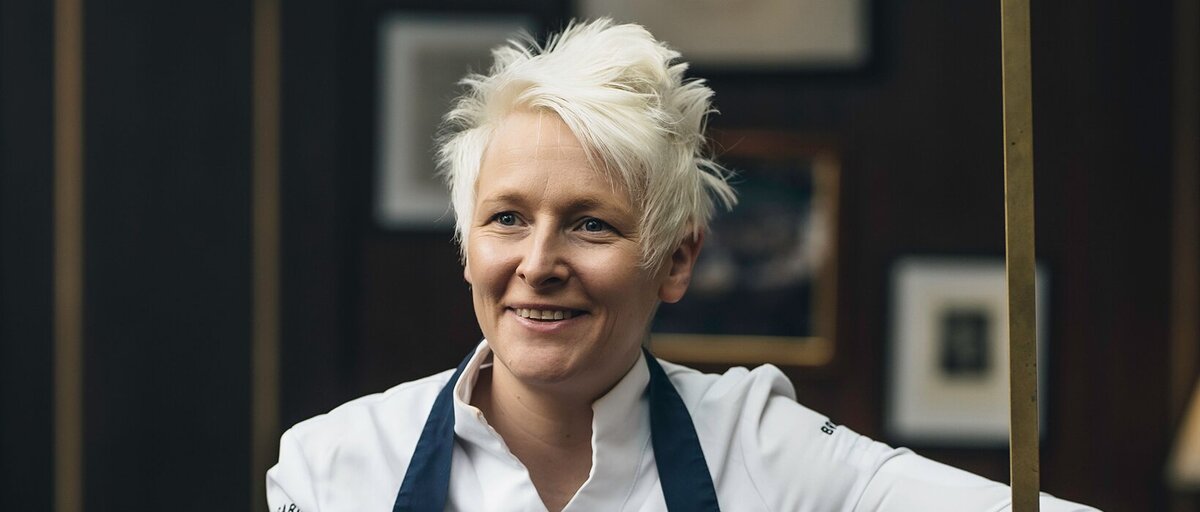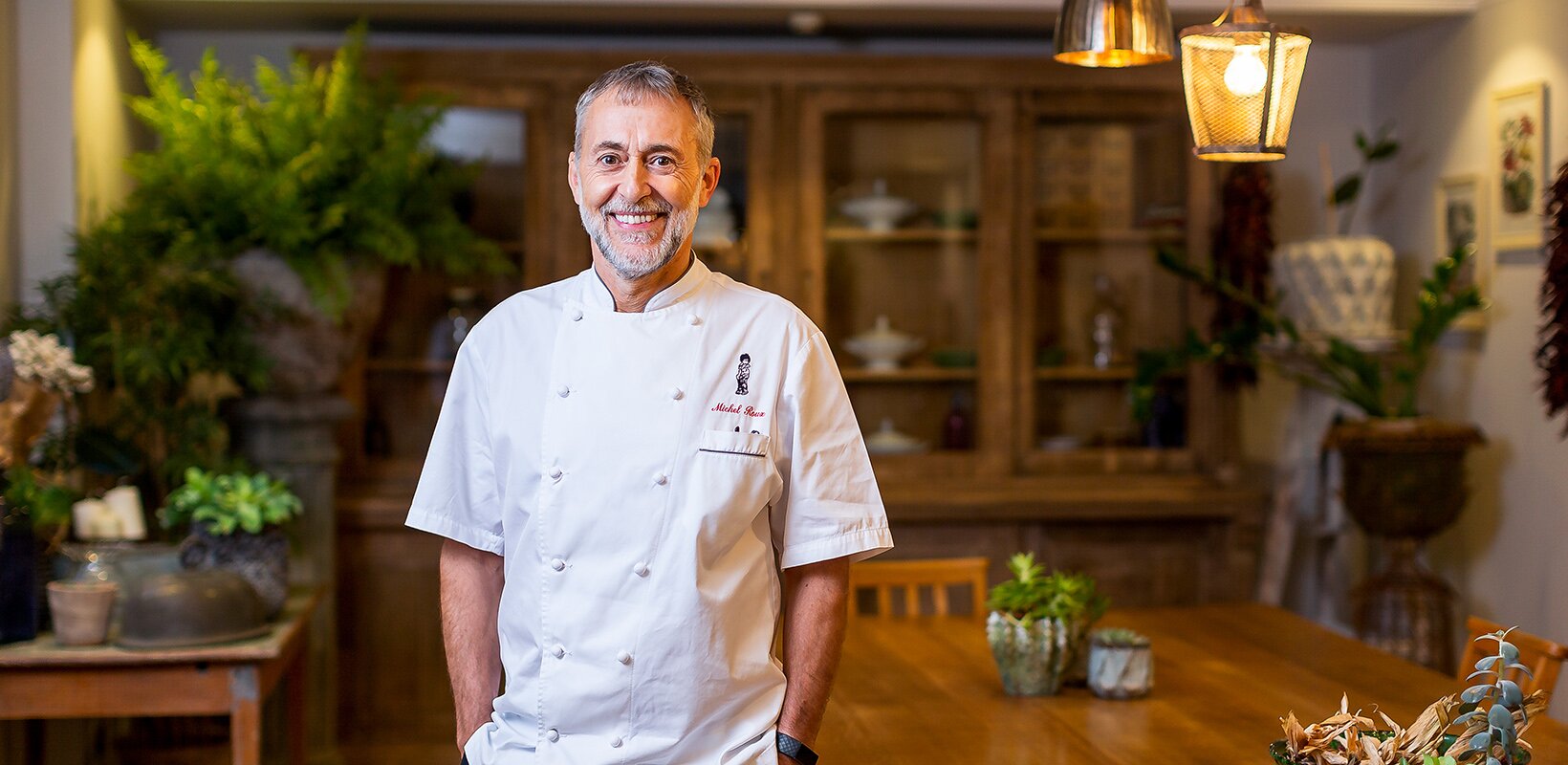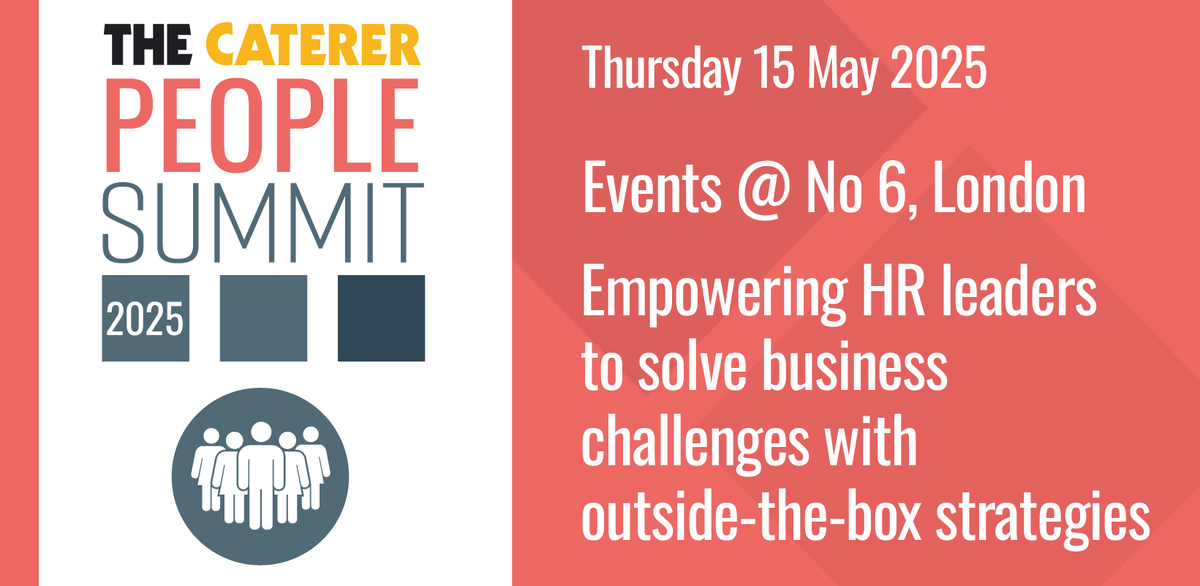Hospital catering: service of hot meals
It may not be the most glamorous branch of catering but all sorts of technological wizardry - hot-line, cook-serve, cook-chill and cook-freeze - is now available to hospital caterers. Examples include self-activated induction heating, multi-element heat sinks and "Peltier" plates able to heat or cool depending on the kind of food being served. A lot of development attention has also gone into isothermal trays, on-board power for trolleys and remote monitoring systems.
All these developments aim for the same basic goal: food which is fresh, hot, safe, nutritious and palatable. But is there a simpler way?
Steamplicity, trialled over the past year at a few NHS hospitals in the London area, takes a less equipment-intensive approach. It is based on complete meals with a nutritionally balanced mix of ingredients - raw, part-cooked and fully cooked, as appropriate - on plastic plates with lids incorporating patented steam-release valves, These cause the packs, when microwaved, to pressure-steam the food for maximum retention of texture, colour and nutrients.
Patients choose at about 10.30am from a full-colour menu showing an unvarying list of 20 hot main meals, with an additional menu including vegetarian, halal, kosher, Asian, Afro-Caribbean and special/therapeutic dishes. Each ward kitchen has a bank of three standard 1,000W commercial microwave ovens, plus an upright refrigerator to hold the chilled meal packs, delivered daily, plus cold items. The total ward equipment cost is about £2,000.
At the lunch and evening meal times, ward hostesses remove meal packs as required from the ward fridge, place them on ceramic plates and microwave them for, typically, three or four minutes, depending on the cook-time code on each pack. With three meals handled simultaneously and a typical ward taking 60% of main meals hot, each service can be carried out in about 25 minutes, similar to other systems.
The concept was developed by Medirest, a Compass Group company which supplies hotel services at more than 130 NHS Trusts and private hospitals. Meals are assembled and packed at its Cuisine Centre at St Albans, Hertfordshire, using ready-prepared ingredients from various suppliers. Ingredients such as fillet of salmon, cabbage and broccoli are raw, while new potatoes are part-cooked and meat dishes such as braised beef casserole are fully cooked.
Medirest has an exclusive arrangement to use the European-developed packaging used on Marks & Spencer's Steam Cuisine retail meal products.
"In my experience, the majority of patient feeding systems are designed more around the hospital and the way it works than around the needs of patients," says Ian Moore, Medirest's strategic development director. "The biggest issue has always been the logistics of getting the food from a central kitchen and delivering it hot to a ward which might be half a mile away.
"And then there might be activity on the ward which prevents the food being served straight away, so the first patient served may get a hot meal but not the last."
He adds: "Cook-chill has tried to address the transit issue by regenerating the food in the ward. But meals will lose temperature once on a trolley being wheeled around. By the time you've served the patient, which is maybe half an hour, the chances are the quality won't be quite as good. And in any case, meals have been cooked once already and then chilled. Our food is cooked literally five minutes before service, so it couldn't be fresher."
Limitations There are limitations, however. Steamplicity doesn't suit fried food such as fish and chips, and pastry-based dishes haven't yet proved adaptable enough, apart from quiche. The complete meals are also inflexible if, for instance, patients want to modify accompaniments or portion sizes.
Moore emphasises that the Steamplicity menu has received a lot of input from dietitians. "We can be sure that every meal served has the appropriate nutritional values and the right amount of calories," he says. "Other systems depend entirely on the patients choosing the right combinations of foods. If they then don't fully eat that food, they may be getting little nutrition at all."
Medirest calculates that Steamplicity complies with the average hospital budget for patients' food - breakfast, lunch, dinner, drinks and snacks - of £2.20 to £3.70 per day. Ward staffing needs are the same, and space formerly used for in-hospital meal production can be converted to other purposes. And Medirest estimates that the microwave ovens save £50,000-worth of energy per year against the costs for regeneration trolleys at an average large hospital.
Reduced wastage is also a big factor. Fresher-tasting food equates to higher take-up, while meals are cooked only when needed and have sufficient shelf life to be held over to the next day. Research at London's Charing Cross Hospital in Hammersmith found that patients ate 40% more Steamplicity food at lunch compared with the cook-chill meals previously served, and 33% more at evening meal times.
Any hospital considering this type of system has to pass a "point of no return", losing the ability to make ward meals on the premises. Much may also depend on public and staff catering issues, the age of the premises, the funding situation and the inroads of contractors. Thus, specialist meal systems continue to be very important, and recent months have brought some important developments.
For example, Electrolux Professional is launching a Meal Distribution System using patented Peltier technology at this month's Hospital Caterers Association National Conference at the Birmingham Hilton Metropole on 27-28 April. The system has yet to be used in UK hospitals but is widely proven on the Continent, with about 100 healthcare users. It's geared to producing a variety of tray meals, personalised to each patient, using hot and cold components prepared in the hospital kitchen.
After assembly, meals travel to the ward on a just-in-time basis aboard special trolleys with on-board batteries and "smart" rethermalising/preserving capabilities which use special Peltier elements. These can, with switchable polarity, absorb heat on one face to refrigerate while releasing it on the other face to heat foods. Elements self-activate through sensors reading the identity of plates.
The system avoids rehandling and keeps food at the correct temperature through to the last tray served. Other benefits include low-noise regeneration, with no ward audio insulation required, and easy cleaning.
Another relatively new option for heating meal components is induction. The Temp-Active Tray Meal Distribution System, from Aladdin Temp-Rite (available through Burlodge), incorporates induction heating elements, with special activators below the specially coated plates in each trolley raising and maintaining the temperature of hot foods in a self-selecting way.
The Thermoport meal delivery system from BGL-Rieber likewise uses induction. The company's commercial director, Gareth Newton, highlights the system's low energy usage and waste heat - and its speed, with heating taking an average 35 minutes from arrival of trolleys at the ward, compared with as long as 50-60 minutes for other systems.
Newton disputes any suggestion that sticking on plates can occur. "The inductive material only goes on the inner area of the plate," he says, "so it sits right in the food mass and not around the edges."
Specialist
Another example of specialist technology appears on Transtronic "intelligent" trolleys from Continental manufacturer Iseco. These use Thermo-Contact, a system of direct supply of heat to food by thermal conductivity, designed to preserve the organoleptic qualities of the food without overcooking or drying out. For cold sections of trolleys, tray compartments can be equipped with a cold accumulator, using carbon dioxide, to keep chilled food at 3°C until the trolley reaches the ward, when it's plugged in again to ensure the cold chain is never broken.
While the key issue of ward meal delivery is the palatability of the food, safe performance also looms large. "All the EHOs are demanding more and more information about how hot the food is and how cold it was to start off with," observes Lyndsey Boothroyd, a director of healthcare meal system specialist Colston. "They need to see the transitions and make sure that all the temperatures are safe at all points in the chain, and they want proof."
The latest models of Colston's Hostess Trolley can be fitted with wireless technology and smart cards to deal with temperature-monitoring requirements. A 3D logging system maintains an audit trail as long as two years on E&R Moffat's Chillogen meal regeneration and transport trolleys, with electronic sensors automatically recording the internal temperatures of the oven/refrigerator at set intervals and identifying any unusual events or faults affecting food quality. Information can be transferred to a PC for storage, analysis and recording, according to the user's preferences.
Contacts
- BGL-Rieber 01225 704470
- Burlodge 020 8879 5700
- Colston 01249 652652
- Electrolux Professional 0121-220 2860
- E&R Moffat 01324 812272
- Iseco 0114 290 3616
- Medirest 01895 554443

